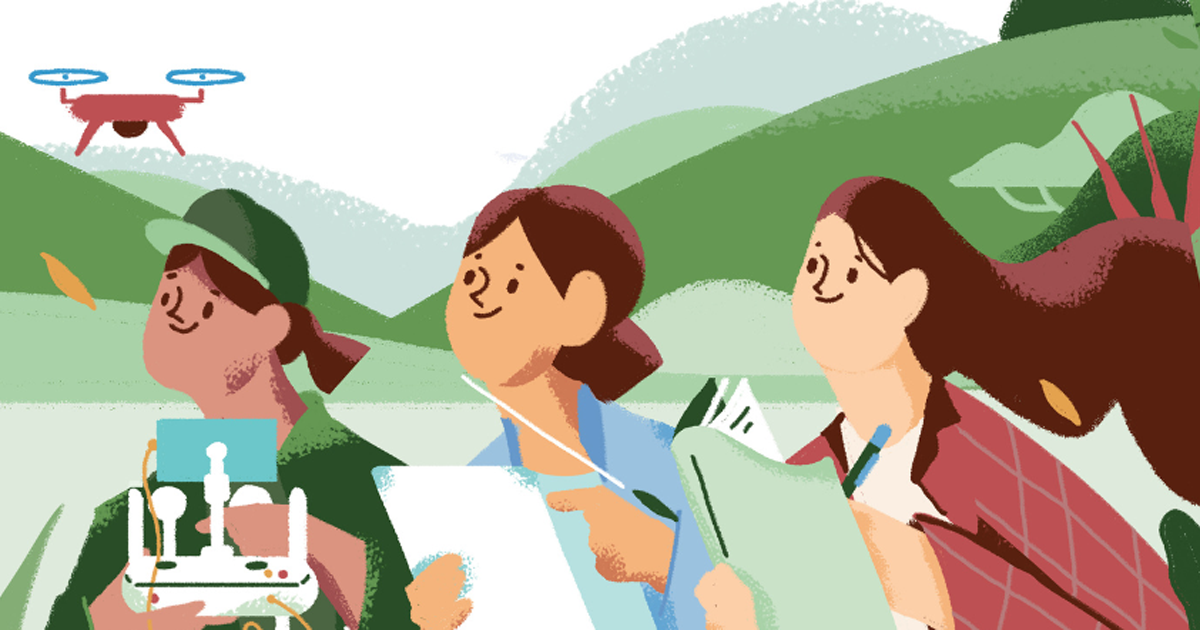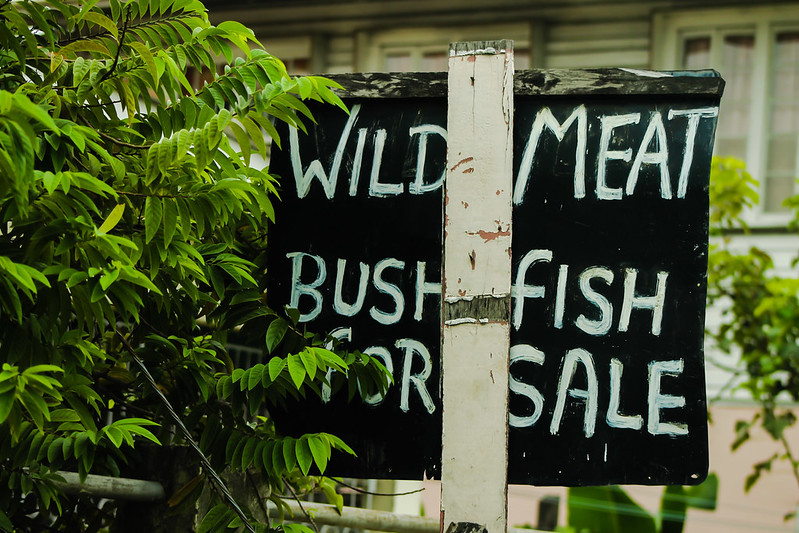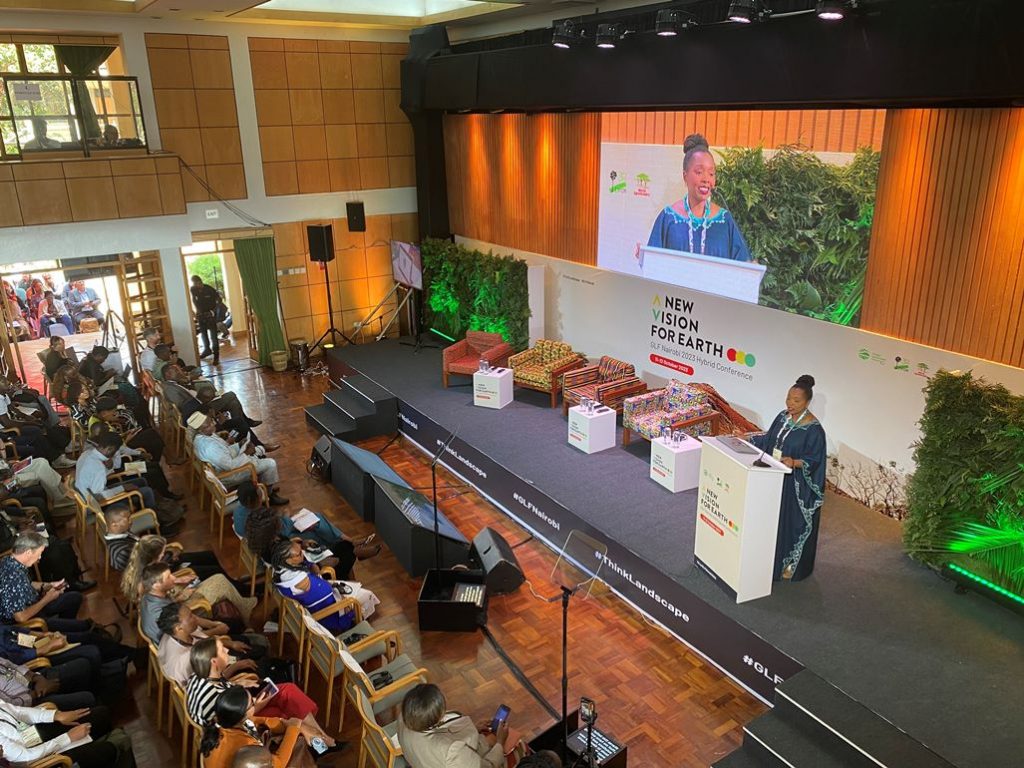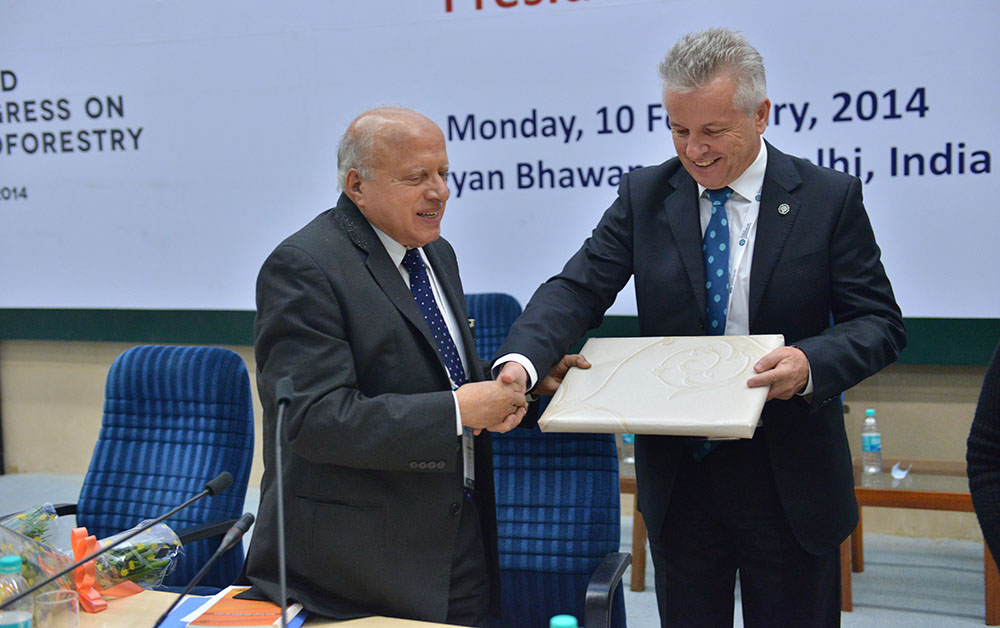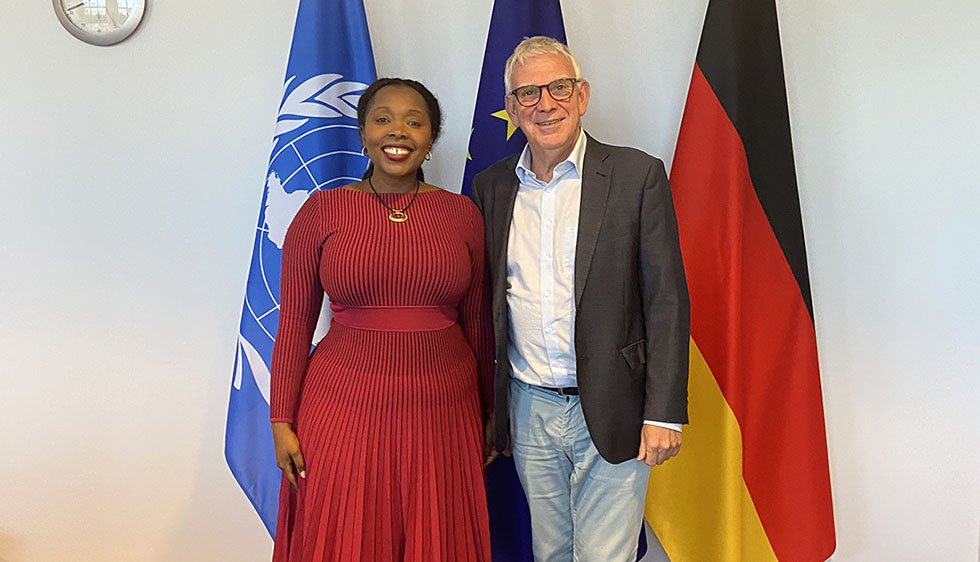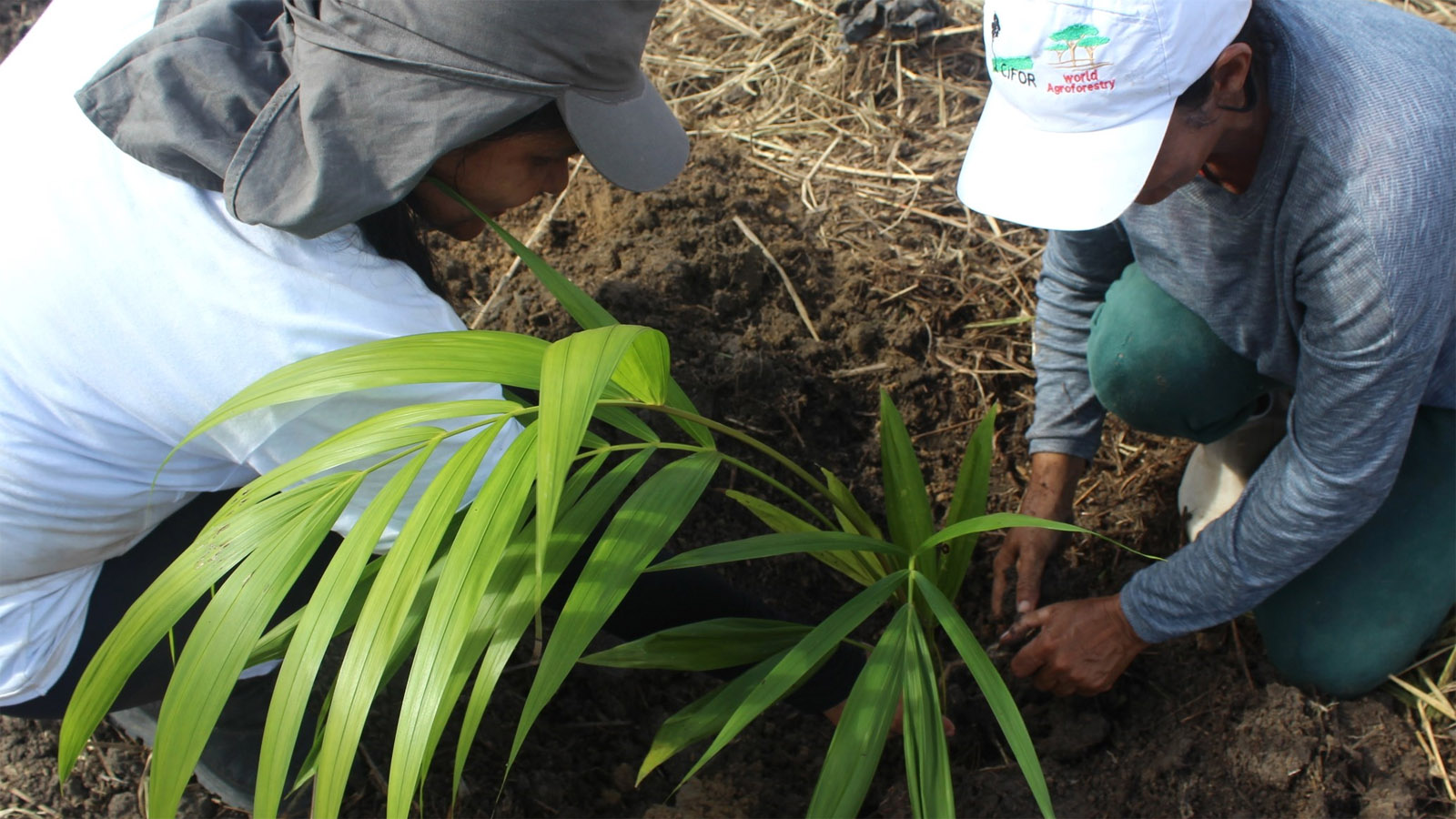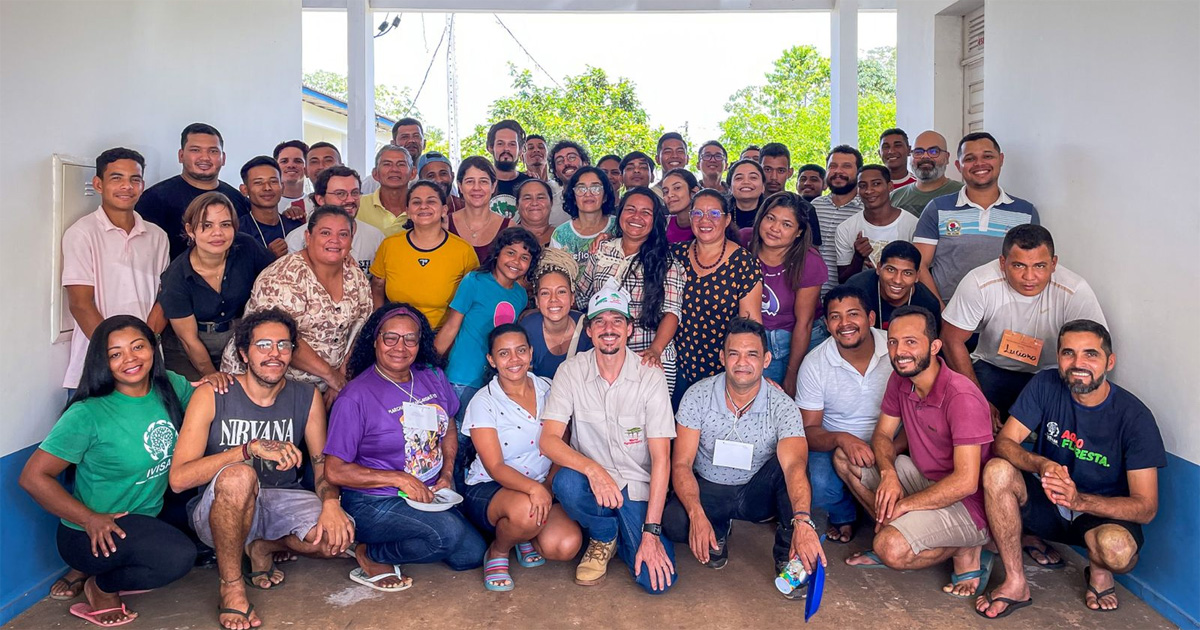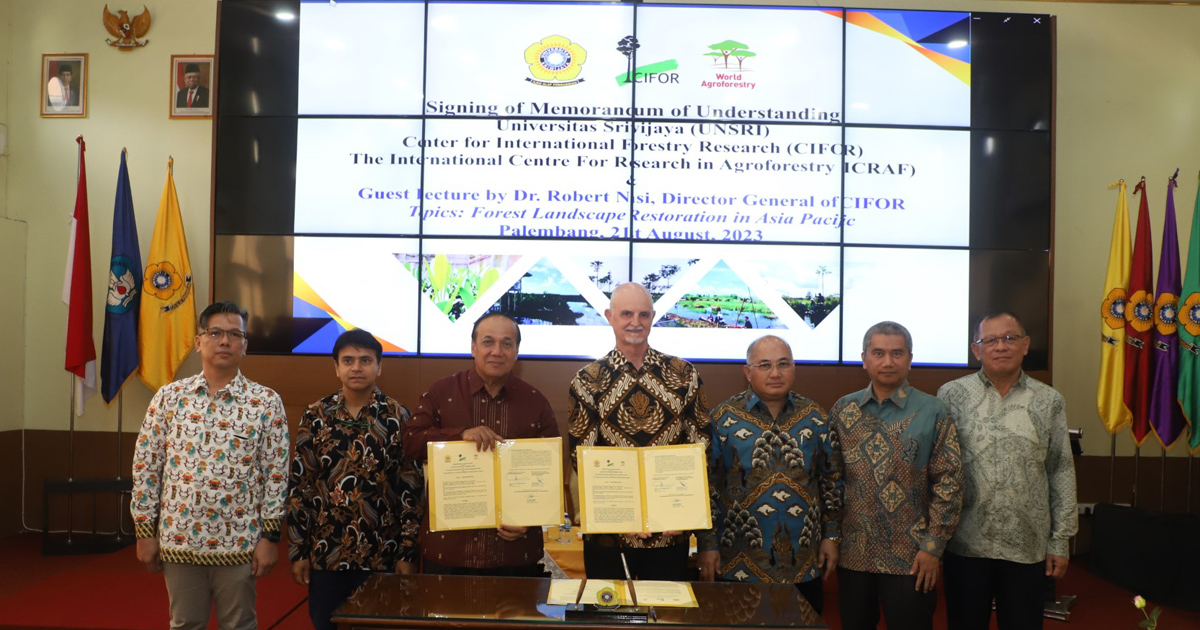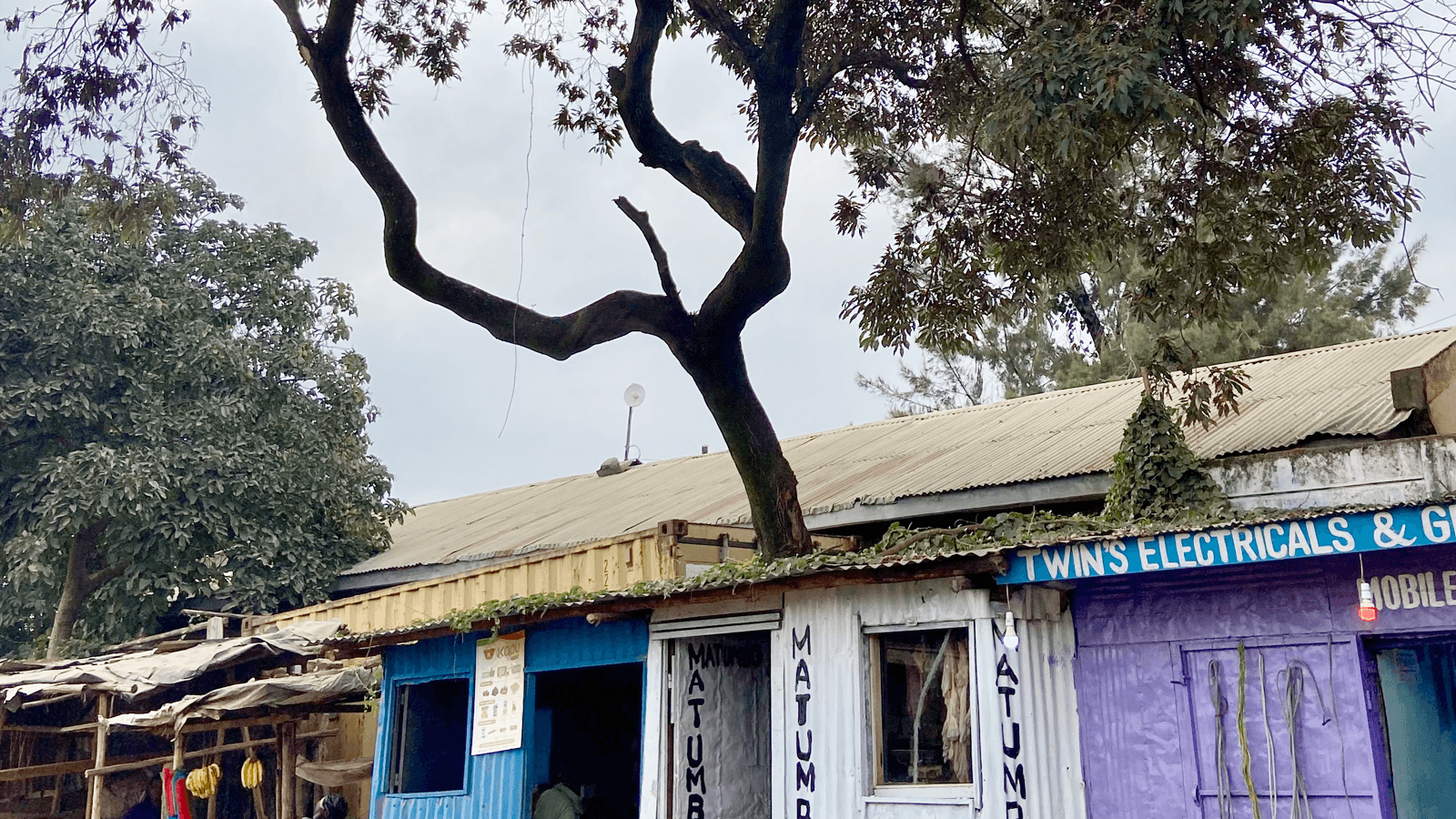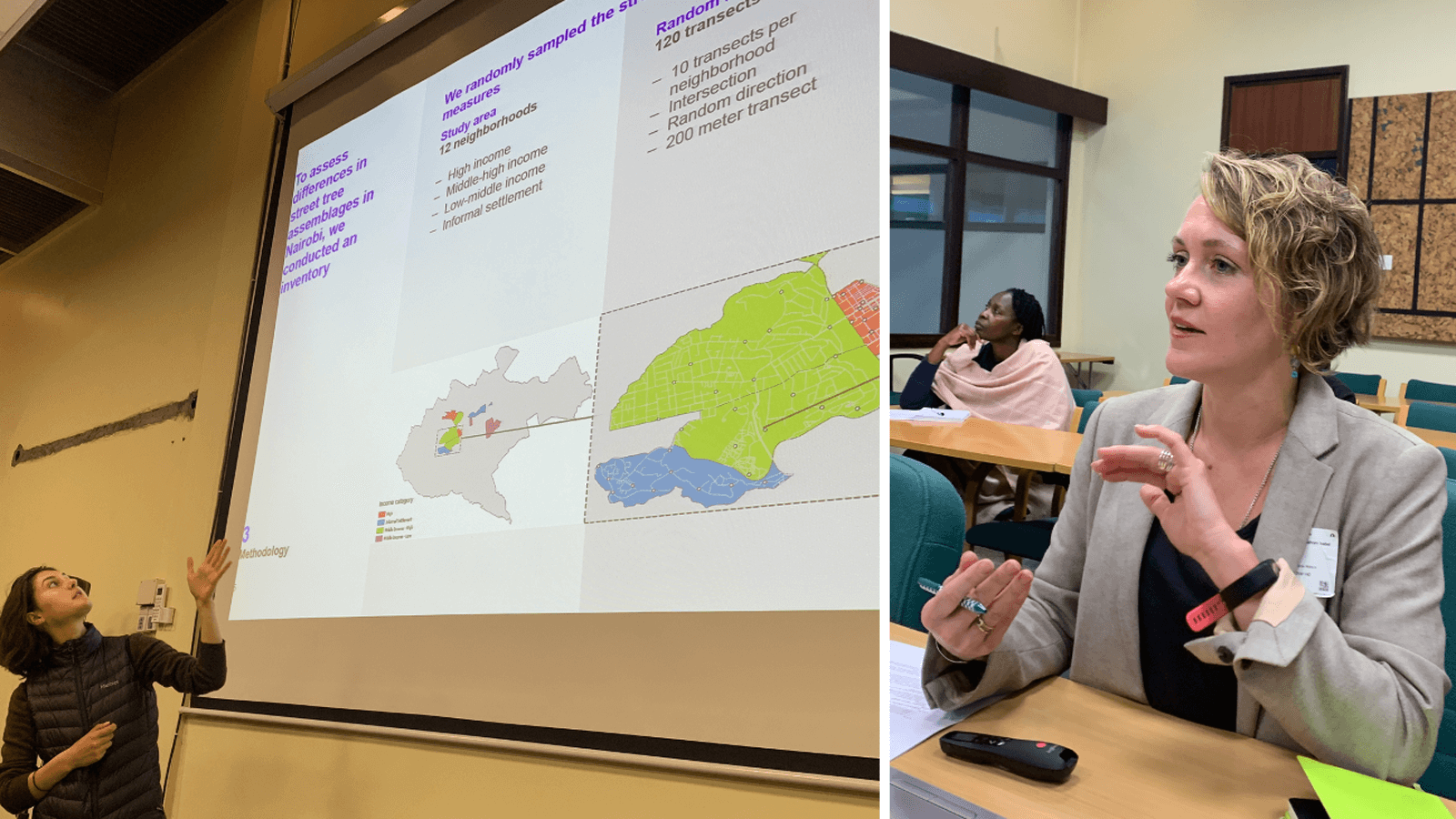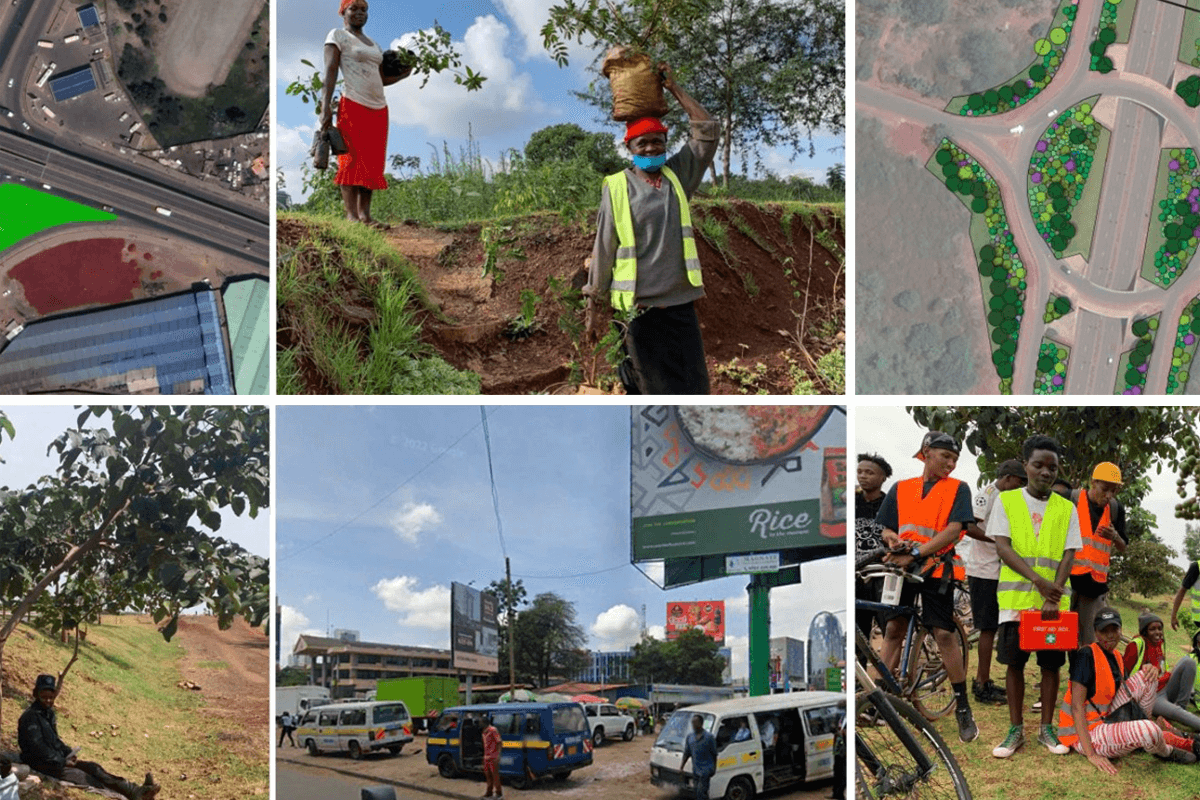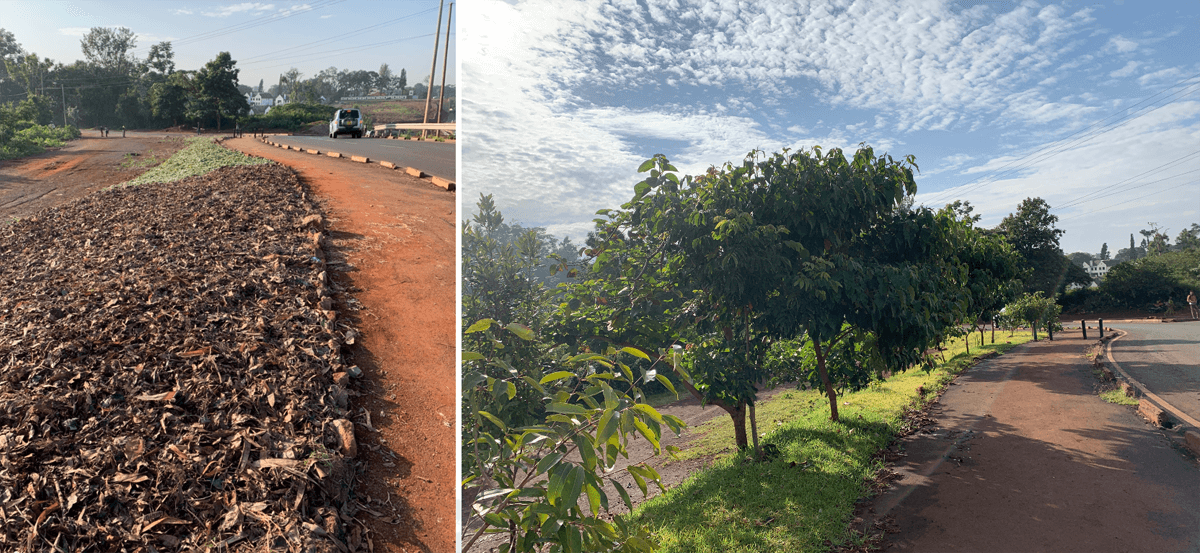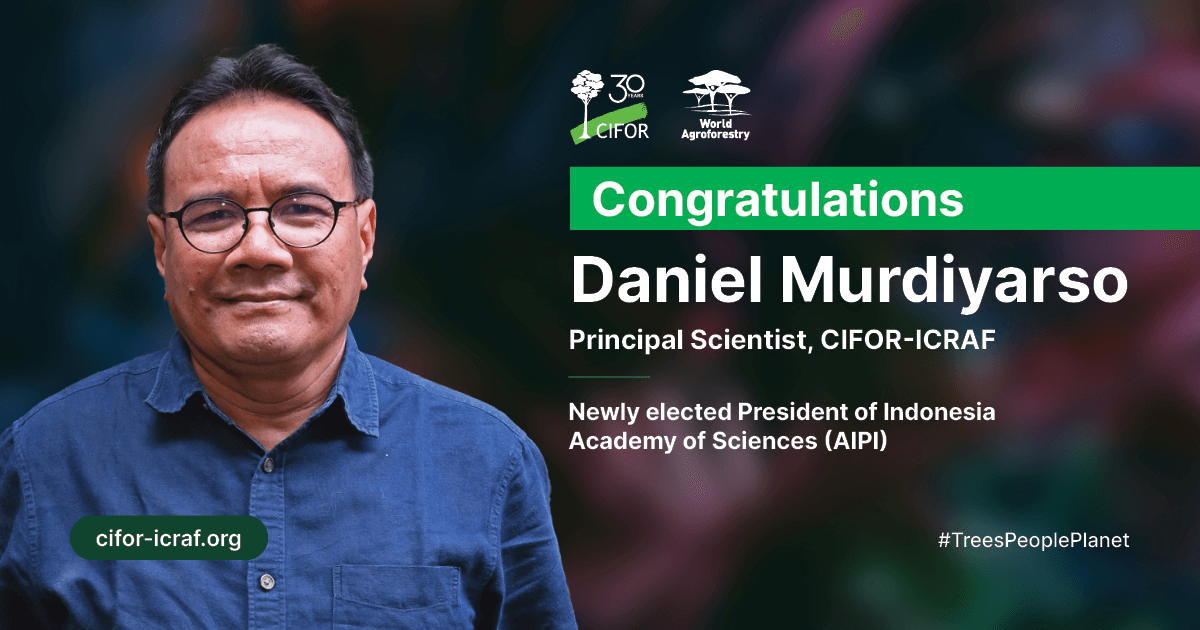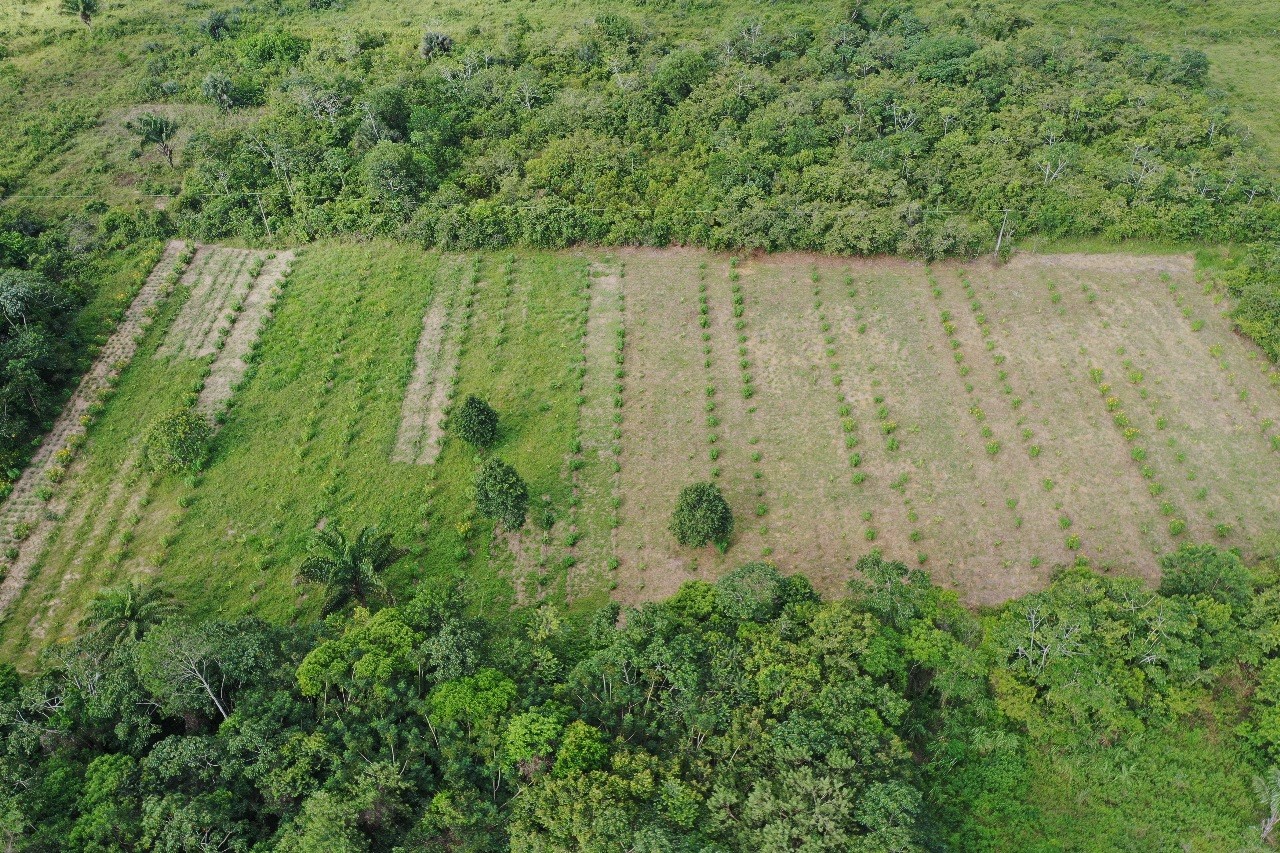
O diálogo com agricultores, capacitação, planejamento e plantio leva cerca de um ano até a vitrine de agrofloresta estar implantada.
As Unidades Demonstrativas (UDs) são uma forma de demonstrar o processo de implantação de agroflorestas. Esse processo envolve diálogo e construção conjunta entre as famílias que se propõem a implantar uma unidade em suas terras e os técnicos do CIFOR-ICRAF Brasil.
A Unidade Demonstrativa tem um conjunto de objetivos. É exemplo de uma situação atingível, demonstra os princípios da agroecologia, pode ser utilizada para capacitação e é uma referência para expansão dos Sistemas Agroflorestais (SAFs).
No estado do Pará, no Brasil, o CIFOR-ICRAF implantou 14 UDs pelo projeto SAF Dendê, o que equivale a 30 hectares. Pelo projeto Acelerador de Agroflorestas e Restauração já são oito Unidades Demonstrativas implantadas na região Nordeste do estado, com perspectiva de aumento desse número. Essas UDs têm, em média, de um a dois hectares.
Processo
Segundo Jimi Amaral, coordenador de Transição Agroecológica do CIFOR-ICRAF Brasil, o processo de implantação de uma Unidade Demonstrativa é contínuo e dura cerca de um ano para completar todas suas etapas.
“A implantação de uma UD envolve tanto a pesquisa como o diálogo com as famílias de agricultores para o co-desenho do arranjo do sistema agroflorestal para o contexto daquela área, o que é baseado nos anseios e objetivos das famílias, assim como o trabalho em campo”, afirma.
Em um primeiro momento são levantados dados secundários e de contexto da área ou região com dados Instituto Brasileiro de Geografia e Estatística (IBGE) para identificar se há áreas degradadas, aptidões agrícolas da região e usos do solo. A partir disso, são definidos municípios e regiões onde trabalhar. Começa, então, a fase de consulta com instituições e comunidades. Em seguida são identificadas famílias interessadas, suas aspirações e as condições biofísicas da área. Logo se inicia o diálogo para o co-desenho do arranjo com base no conhecimento híbrido entre técnico/a e famílias de agricultores para o espaço pré-determinado, balizando as aspirações das famílias e do CIFOR-ICRAF com base no contexto.
“A definição do arranjo leva em conta as plantas, a densidade dessas plantas, espécies anuais e outras com menor ciclo, e as posições dessas espécies no espaço pré-determinado para a agrofloresta e no tempo. Fazemos uma análise financeira do potencial daquele arranjo e apresentamos às famílias e só aí partimos para a implantação”, explica Jimi Amaral.
Todo o planejamento com as famílias, incluindo a aquisição de insumos e mudas, deve ser anterior à janela de plantio, ou seja, antes do início das chuvas que ocorrem entre novembro e dezembro.
A etapa de implantação também é conjunta, envolvendo o trabalho da família e a assistência técnica do CIFOR-ICRAF. O monitoramento do desempenho da UD é contínuo, com coleta de dados para fazer a análise financeira depois da implantação.
Para identificar famílias interessadas em implantar uma unidade demonstrativa de agrofloresta, o CIFOR-ICRAF Brasil conta com o apoio de instituições locais como secretarias de Agricultura e de Meio Ambiente, associações, cooperativas e sindicatos de trabalhadores rurais.
“O apoio das instituições locais é muito importante tanto para a informação e mobilização dos parceiros e recursos locais, como para identificar o potencial das comunidades”, afirma Jimi Amaral.
Pesquisa
A implantação de unidades demonstrativas é também uma oportunidade para a pesquisa. Como explica Jimi Amaral, os Sistemas Agroflorestais são muito dinâmicos e trabalham com a complexidade da vida, ou seja, com diversas possibilidades de arranjos e manejos.
A agroecologia é a ciência base da pesquisa nas UDs e trabalha com multi-fatores sendo comprometida com a transformação da forma de pensar e fazer agricultura, em que a produção de alimentos é realizada com a intensificação de práticas de manejo ecológico do solo e outros princípios e práticas que visam a melhoria de vida das famílias do ponto de vista social, político, ambiental e econômico.
“Nas Unidades Demonstrativas conseguimos fazer a coleta de dados e contar também com a contribuição das famílias nessa coleta. Um dos elementos de pesquisa é a análise financeira, monitorando e avaliando o desempenho desses sistemas”, explica Amaral.
“Estamos trabalhando também com a análise de juquira (vegetação que nasce em áreas abandonadas que antes eram campos de plantio e pastos) para entender a transição da vegetação que tinha na área para a composição que vai vir com a adoção dos sistemas agroflorestais. A dinâmica do carbono, quanto tinha antes da intervenção e quanto terá depois, também é importante para a pesquisa. Trabalhamos com a pesquisa no desenvolvimento, ou seja, promovemos a ação e pesquisamos os resultados a partir dessa ação”, conclui o coordenador de Transição Agroecológica do CIFOR-ICRAF Brasil.








